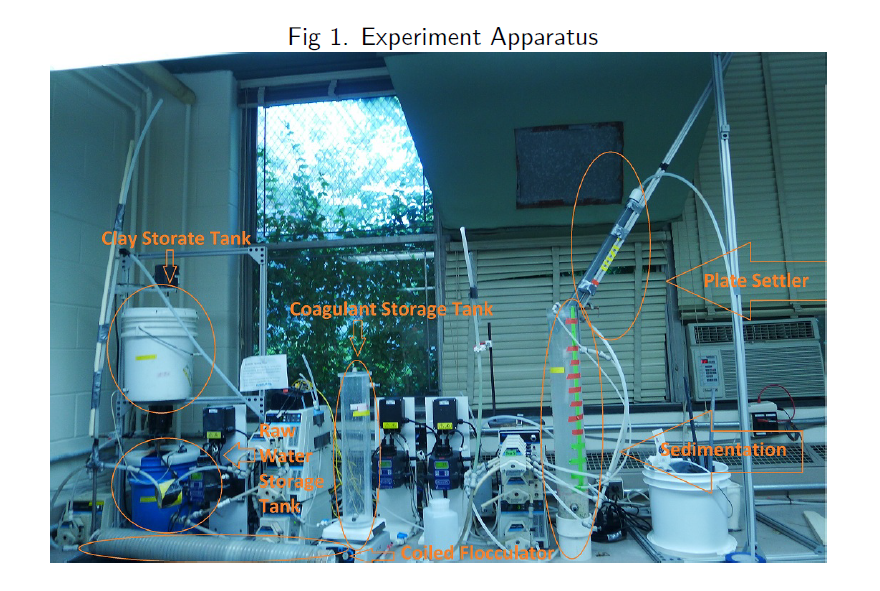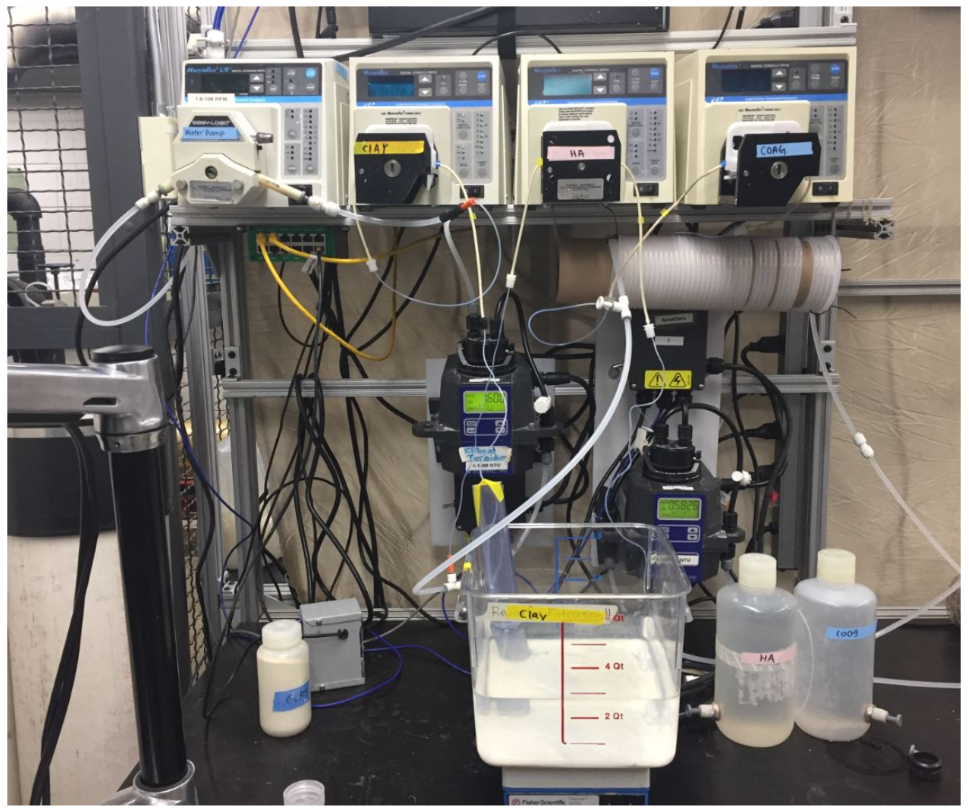Ruonan Zhang, Xiaocan Sun, Yizhao Du
Abstract:
Through lab research we seek to understand the different influence of coagulant type, capture velocity, coagulant dose and raw water turbidity on the performance of the plate settler in AguaClara plants. We are using a tube settler to simulate those plate settlers in the full-scale plants. Through various changes in operating conditions, we expect to determine the best parameters, and this is of great significance in real practice. After that, we are going to pick out some of the best conditions and repeat the experiments with natural organics in order to see how humic acids affect overall performance.



